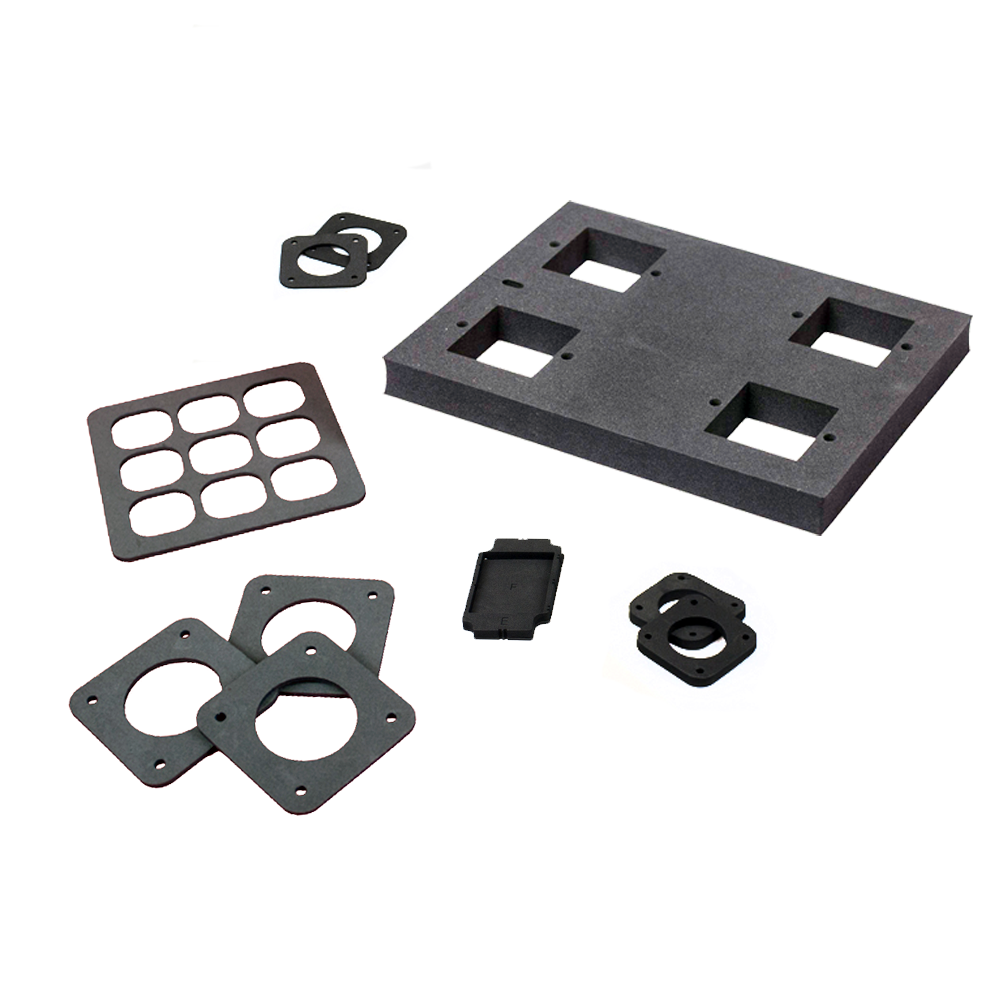EVA foam gaskets are sealing components made from ethylene-vinyl acetate (EVA) foam, a lightweight, flexible, and durable material. They are widely used in various industries due to their excellent cushioning, shock absorption, and resistance to moisture, chemicals, and UV radiation.
Key Features of EVA Foam Gaskets:
✔ Soft & Compressible – Provides a tight seal against dust, water, and air.
✔ Lightweight & Durable – Resists tearing and degradation over time.
✔ Water & Moisture Resistant – Ideal for outdoor or damp environments.
✔ Chemical & UV Resistant – Withstands exposure to oils, solvents, and sunlight.
✔ Thermal & Acoustic Insulation – Helps reduce noise and temperature transfer.
✔ Customizable – Can be die-cut, laser-cut, or molded into various shapes and thicknesses.
Common Applications:
- Electronics – Sealing enclosures, control panels, and LED lighting.
- Automotive – Door seals, vibration dampening, and HVAC components.
- HVAC Systems – Air duct gaskets and insulation.
- Medical Devices – Cushioning for equipment and protective seals.
- Outdoor & Marine Equipment – Weatherproofing for enclosures and hatches.
- Industrial Machinery – Vibration isolation and dust/fluid sealing.
Types of EVA Foam Gaskets:
- Closed-Cell EVA – More resistant to water and chemicals.
- Open-Cell EVA – Softer and more breathable, but less water-resistant.
- Adhesive-Backed EVA – Self-sticking for easy installation.
Advantages Over Other Materials:
- More flexible than rubber or silicone.
- Lighter than neoprene or PVC foam.
- Better cushioning than polyethylene (PE) foam.

